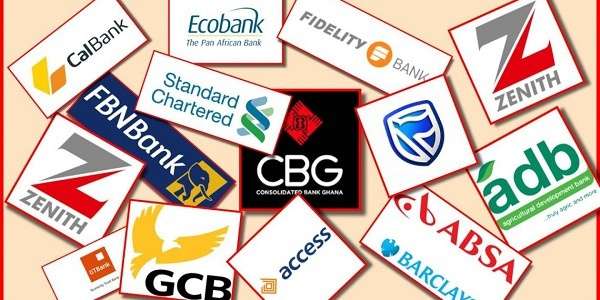The banking industry’s exposure to credit risk turned out mixed in October this year comparatively to the same period last year.
According to the Monetary Policy Report from Bank of Ghana as of November, 2022, stock of gross loans and advances rose to GH¢81.2 billion in October on a year-on-year basis, growing largely by 57.4 percent from 8.9 percent recorded the same period last year.
This hefty growth recorded in gross loans and advances this year mirrors itself in both private and public sector credit.
The private sector credit rose to GH¢72.9 billion, increasing by 57.2 percent relative to a growth of 10.2 percent recorded in October last year. Similarly, this year recorded an acute bounce back in growth of public sector credit to GH¢8.4 billion, growing by 59.2 percent likened to the 0.8 percent reduction in the preceding year.

Private sector credit to total credit, in comparative terms, however, watered-down to 89.7 percent in October this year from 89.8 percent in October last year. Public sector credit to total credit on the other hand, increased slightly from 10.2 percent to 10.3 percent over the same comparative period.
Year-to-date growth on private sector credit stood at 50.1 percent in October this year, up from 6.4 percent during the same comparative period last year. Public sector credit also soared from 24.2 percent to 55.6 percent within the same periodic interval. Bank of Ghana explained that this credit outlook of the industry is as a result of the revised impact of foreign currency loans.
The surge in public sector credit this year relative to last year’s record over the comparative period can be observed to have resulted in a crowding out of funds to the private sector. This is attributable to the government going in for more funds from the financial sector to address its recent macroeconomic challenges, by way, stifling the private sector of credit.
On a-year-to-date basis comparatively, gross loans in October last year, experienced a growth of 8.0 percent, increasing by 50.6 percent in same period, this year.
Credit share to sectors
Per BoG’s sector categorization, the services, followed by commerce and finance, and then construction sectors held the largest share of credit as at October this year. The services sector led by 32.2 percent, followed by the commerce and finance with 20.5 percent, and then the construction sector with10.7 percent.

The aforementioned sectors accounted for 63.4 percent of total credit in October this year, relative to 60.8 percent in same period last year. Lowest in rank to have benefited from the industry’s share of credit is the mining and quarrying sub-sector with a minimum share of 2.2 percent within the review period.
These statistics, to a large extent, point to the heightened impact of Ghana’s current macroeconomic conditions on the above-mentioned sectors, with the mining and quarrying sub-sector being the least affected, hence the need for less credit.
Services on the other was the most affected by the pandemic and the current economic challenges, and so most of the players may have requested for more credit to support their businesses.
READ ALSO: Telecoming Signs With MTN Group To Monetize Digital Services In 21 African Countries




















